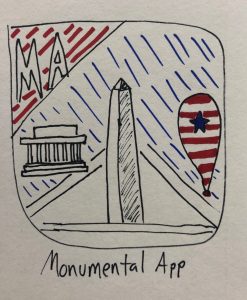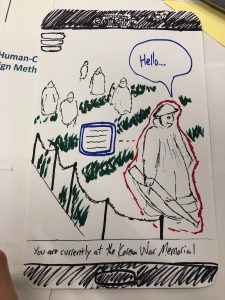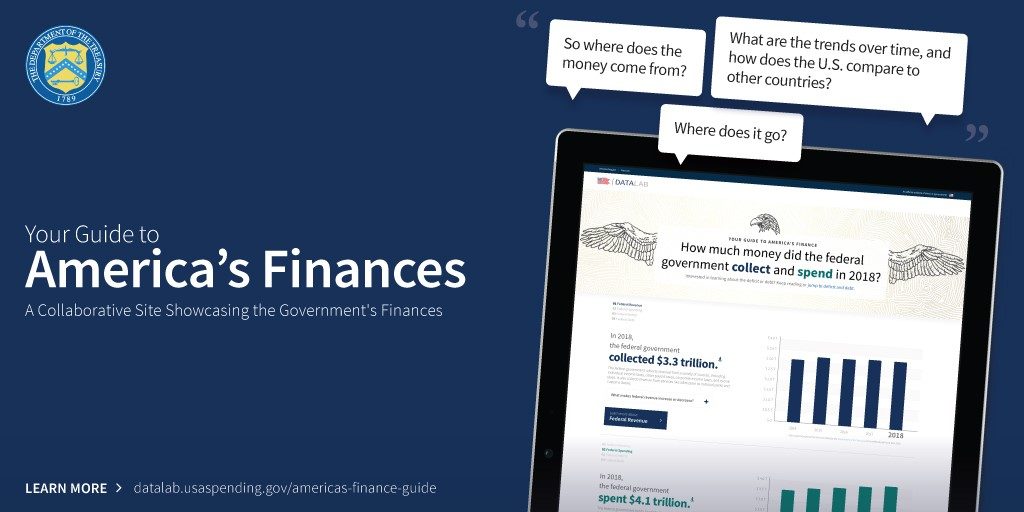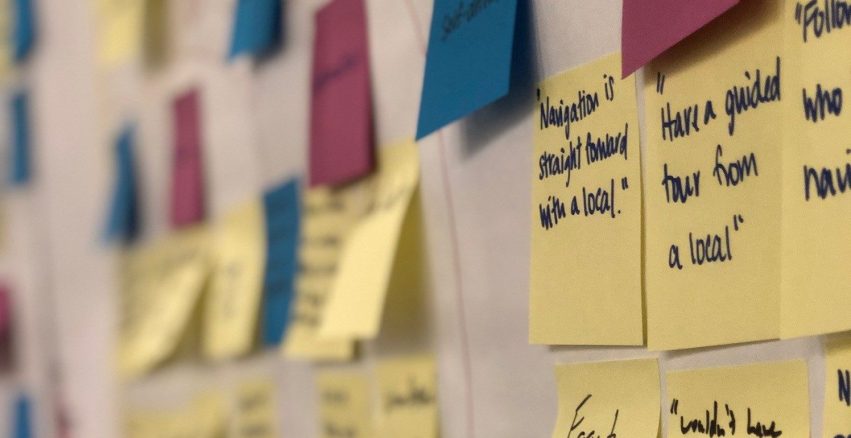The public sector is full of buzzwords. Blockchain. AI. Agile. Machine Learning. Human-centered design. Sometimes these words are more fluff than substance. But when these technologies and approaches are implemented thoughtfully and effectively, they transcend mere buzz and can actually lead to successful outcomes. This has been my experience with human-centered design.
Several weeks ago, I attended the “Fundamentals of Human-Centered Design” workshop, put on by the brilliant folks at The OPM Lab. This training was highly interactive and focused on hands-on participation as opposed to traditional, lecture-style learning. After all, it would be pretty tough to learn human-centered design without interacting with any humans (also, moving forward, I will refer to human-centered design as “HCD,” because of course there’s an acronym).
In order to better grasp and apply the principles of HCD that we’d be learning about, our workshop facilitator presented us with a challenge. We were to analyze current visitor experience to the Lincoln Memorial, Vietnam Veterans Memorial, and/or the Korean War Veterans Memorial and envision how we could change/transform the visitor experience in the future. This involved a six-step, iterative process consisting of framing, exploring, understanding, envisioning, prototyping, and testing.
- Frame: Brainstormed facts, biases, and assumptions related to the three memorials.
- Explore: Actually got out of our chairs (!) and headed to the National Mall. We observed how people interacted with the memorials and also asked several visitors about their experiences.
- Understand: Wrote “data points” from our fieldwork on yellow post-it notes, synthesized our data, found patterns and themes, and drew insights from them. Our primary themes highlighted a lack of signage and the potential to improve visitor interaction.
- Envision: Generated and developed our ideas using a “how might we” framework and then prioritized them based on a cost and impact matrix. Some ideas included adding more signage or potentially digital signage that could offer updated information in different languages. Since my team was full of millennials, we decided to take a more futuristic approach with an augmented reality mobile app. We thought it’d be cool if you could wave your phone over one of the Korean War Memorial soldiers and he’d suddenly come to life, telling you about himself and the context of the war.
- Prototype: Since no one on my team was a Silicon Valley developer, our prototype took the form of a concept poster. Also, Legos were involved – so that’s important.
- Test: We shared our “prototype” with other teams and learned from their questions and feedback. Surprise – another team also “developed” an app and took some cool approaches that we hadn’t thought of – and vice versa.

Our prototype app logo – courtesy of my artistic skills.

Our augmented reality prototype, a true work of art.
This was largely a fun and playful workshop, but the framework, processes, and concepts we learned can act as valuable tools as we step out of OPM’s trendy sub-basement and back into our real world jobs.
I should know, I’ve witnessed a HCD success story at my own office with the launch of Your Guide to America’s Finances. Similar to the process above, our team framed ideas, explored those ideas via dozens of interviews with the public, understood our findings via synthesis, envisioned the structure of the guide, and prototyped and tested it in an iterative manner. The final result is a visually appealing, interactive, and informative guide that tackles complex topics in a user-friendly format (you should check it out).

Your Guide to America’s Finances provides interactive, visually-focused information on federal government spending, revenue, deficit, and debt.
There are over 20 human-centered design methods that draw from and incorporate diverse disciplines and methodologies. Diving into this subject matter can make HCD seem complex, but it is only attempting to mirror the vast diversity of human needs and experiences. That’s what we mean by “your” guide. As public servants, our main priority is the American citizen – why not center our methods around them and for them?
In the spirit of HCD, my team is currently conducting user testing for USAspending.gov, the official source for U.S. government spending data. If you’d be interested in participating in a user testing session, you can sign up here or email [email protected]. Thanks!
Matt Garlipp is a Management and Program Analyst with the Bureau of the Fiscal Service, U.S. Department of the Treasury.





Leave a Reply
You must be logged in to post a comment.